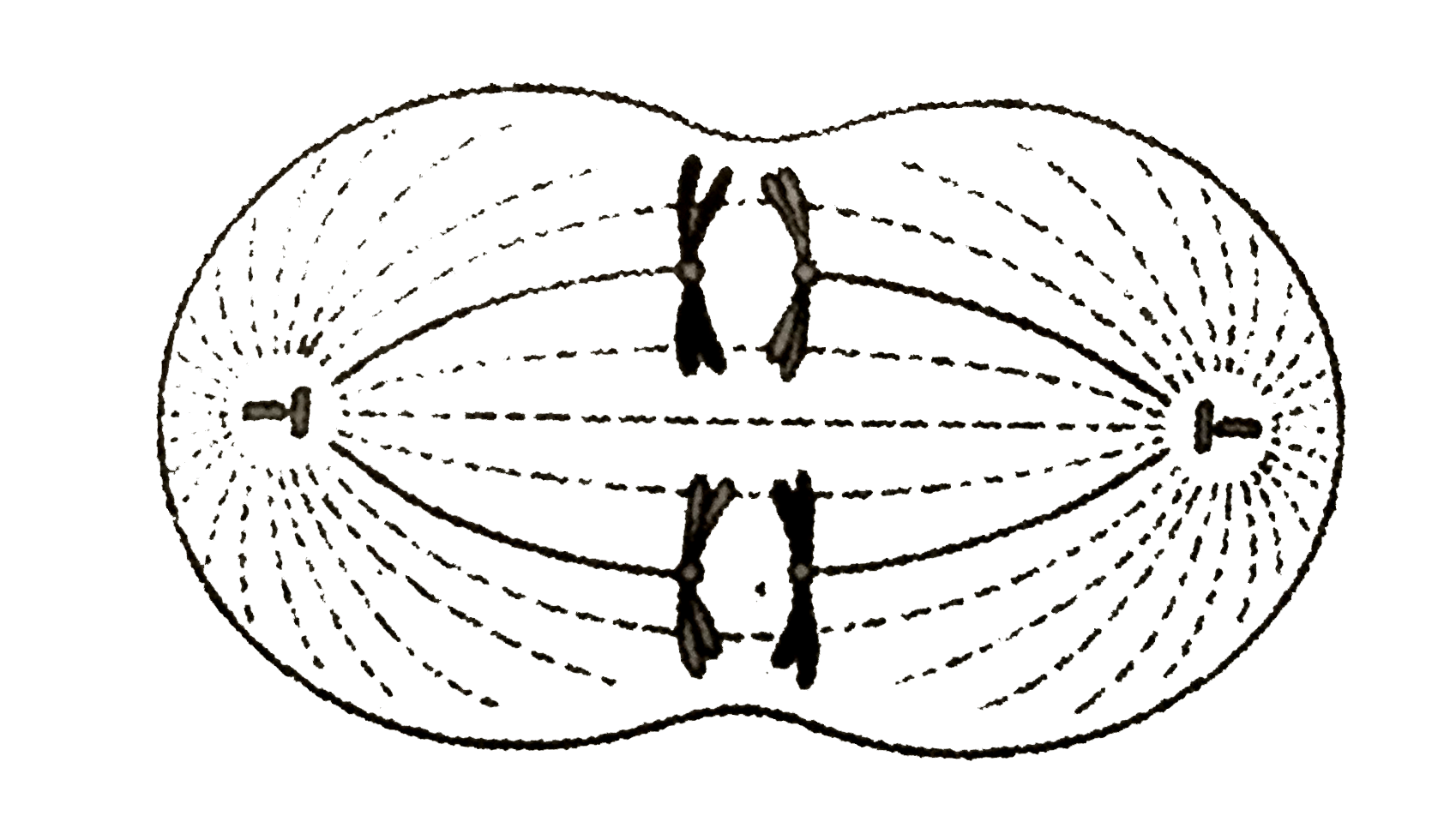A certain type of grass has a diploid chromosome number of 8. A similar species of grass has a diploid chromosome number of 10. Interspecific hybridisation between the two species results in sterile hybrids that can, nonetheles, reproduce vegetatively. The diploid chromosome number of these hybrids would be
9
16
18
20
The correct Answer is:A
To solve the problem, we need to determine the diploid chromosome number of the hybrids resulting from interspecific hybridization between two species of grass. Here’s a step-by-step breakdown of the solution:
1. Identify the Diploid Chromosome Numbers:
- Grass A has a diploid chromosome number of 8.
- Grass B has a diploid chromosome number of 10.
2. Determine the Haploid Chromosome Numbers:
- The haploid chromosome number (n) for Grass A can be calculated as:
n=Diploid number2=82=4
- The haploid chromosome number (n) for Grass B can be calculated as:
n=Diploid number2=102=5
3. Calculate the Diploid Chromosome Number of the Hybrid:
- When these two species undergo interspecific hybridization, the resulting hybrid will have a diploid chromosome number that is the sum of the haploid numbers from both parents:
Diploid number of hybrid=nA+nB=4+5=9
4. Conclusion:
- Therefore, the diploid chromosome number of the resulting hybrids is 9.
Final Answer:
The diploid chromosome number of these hybrids would be 9.
---
- Grass A has a diploid chromosome number of 8.
- Grass B has a diploid chromosome number of 10.
- The haploid chromosome number (n) for Grass A can be calculated as:
n=Diploid number2=82=4
- The haploid chromosome number (n) for Grass B can be calculated as:
n=Diploid number2=102=5
- When these two species undergo interspecific hybridization, the resulting hybrid will have a diploid chromosome number that is the sum of the haploid numbers from both parents:
Diploid number of hybrid=nA+nB=4+5=9
- Therefore, the diploid chromosome number of the resulting hybrids is 9.
The diploid chromosome number of these hybrids would be 9.
Topper's Solved these Questions
- BOOK - NCERT FINGERTPS ENGLISHCHAPTER - STRATEGIES FOR ENHANCEMENT IN FOOD PRODUCTIONEXERCISE - NCERT (EXEMPLAR PROBLEMS)25videos
STRATEGIES FOR ENHANCEMENT IN FOOD PRODUCTION
- BOOK - NCERT FINGERTPS ENGLISHCHAPTER - STRATEGIES FOR ENHANCEMENT IN FOOD PRODUCTIONEXERCISE - ASSERTION & REASON15videos
STRATEGIES FOR ENHANCEMENT IN FOOD PRODUCTION
- BOOK - NCERT FINGERTPS ENGLISHCHAPTER - STRATEGIES FOR ENHANCEMENT IN FOOD PRODUCTIONEXERCISE - Strategies For Enhancement In Food Production151videos
STRATEGIES FOR ENHANCEMENT IN FOOD PRODUCTION
- BOOK - NCERT FINGERTPS ENGLISHCHAPTER - SEXUAL REPRODUCTION IN FLOWERING PLANTSEXERCISE - Sexual Reproduction In Flowering Plants145videos
SEXUAL REPRODUCTION IN FLOWERING PLANTS
Similar Questions
Knowledge Check
- Question 1 - Select One
If the diploid number of a flowering plant is 18, what would be chromosome number in its endosperm?
A18B9C27D36 - Question 2 - Select One
if the diploid number of flowering plant is 36, what would be the chromosome number in its endosperms?
A36B18C54D72
The drawing below shows a cell whose diploid chromosome number is four. This cell is in:-
 View Solution
View SolutionA plant species A has a diploid number of chromosomes as 12. Another plant species B has a diploid chromosome number off 16. The allopolyploid developed. By hybridization of A and B shall have a diploid chromosome number as
View SolutionIf the diploid number of a flowering plant is 36. what would be the chromosome number in its endosperm
View SolutionIf the diploid number of a flowring plant is 36. what would be the chromosome number in its endosperm
View SolutionIn bryophytes, the diploid number of chromosomes occurs in
View SolutionWhich one of the following pairs of plant structures has diploid number of chromosomes
View Solution

